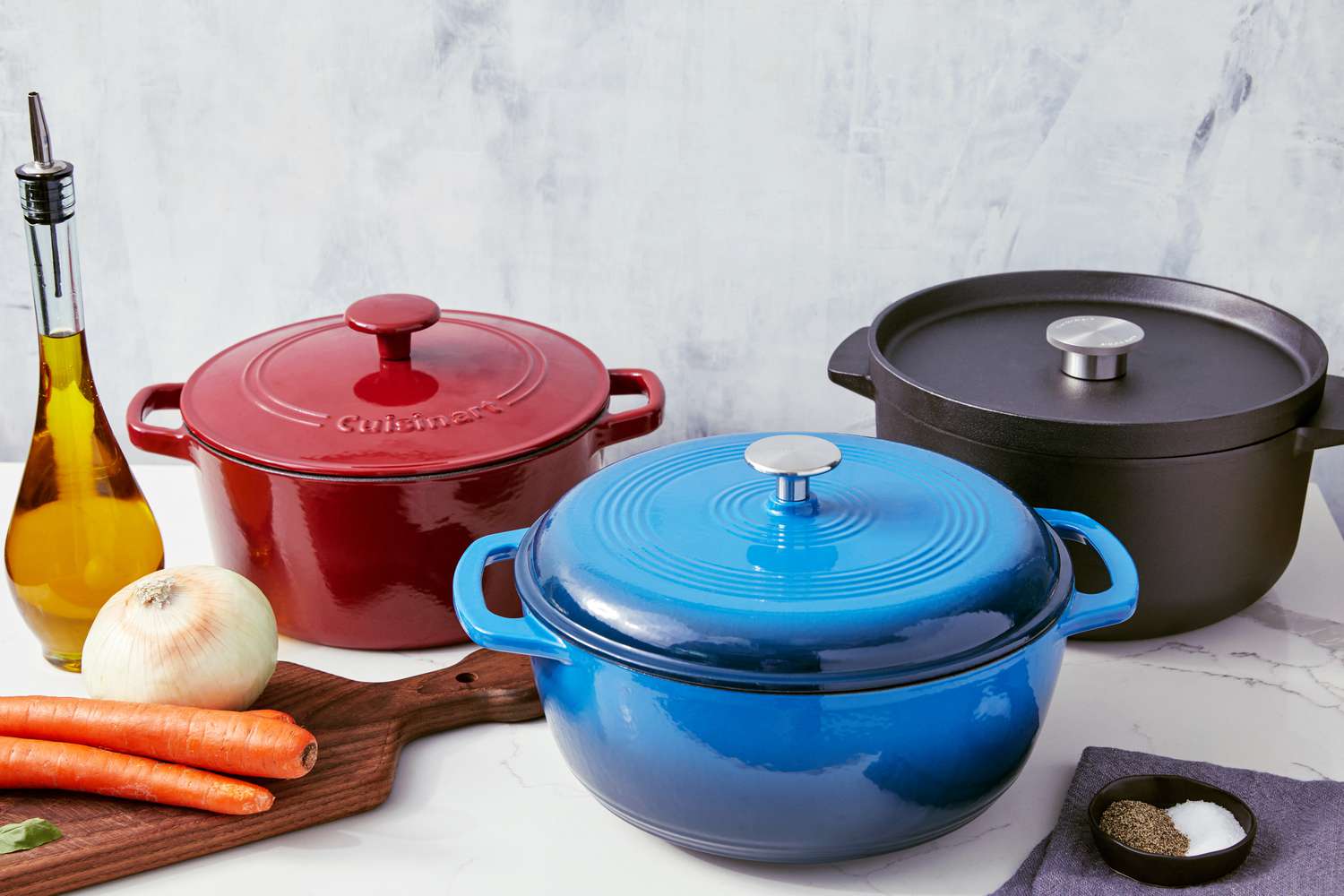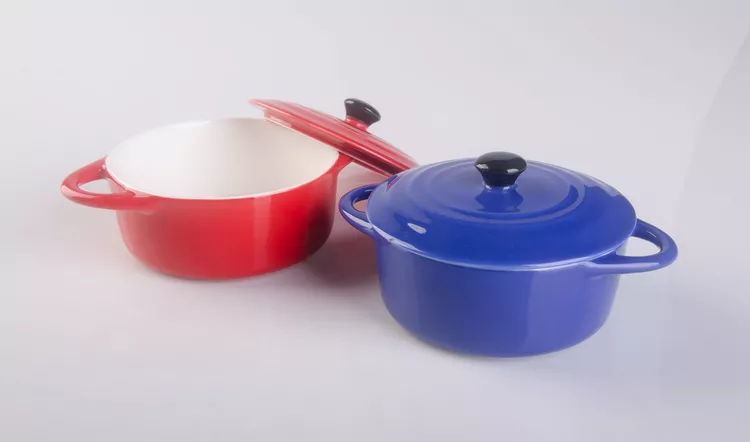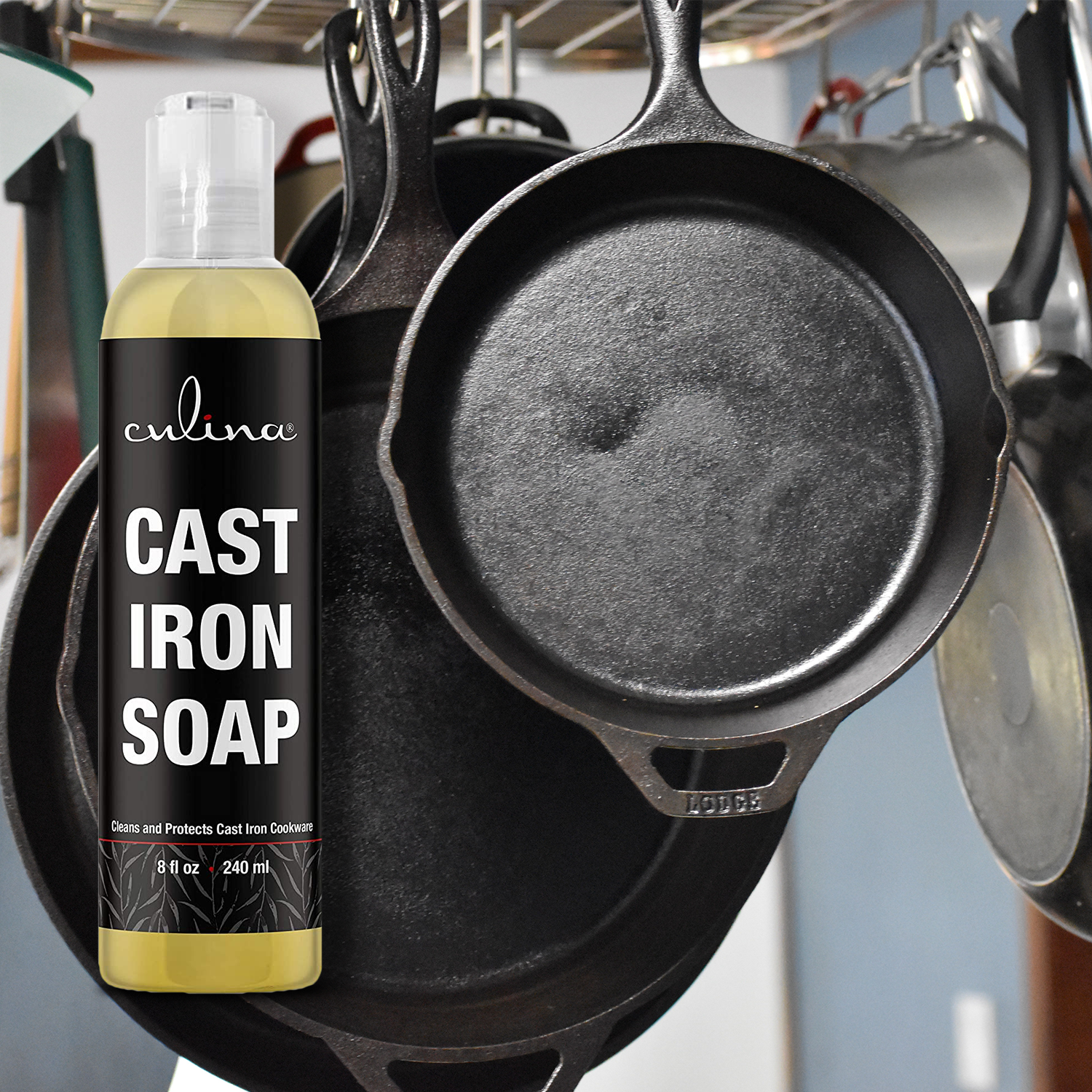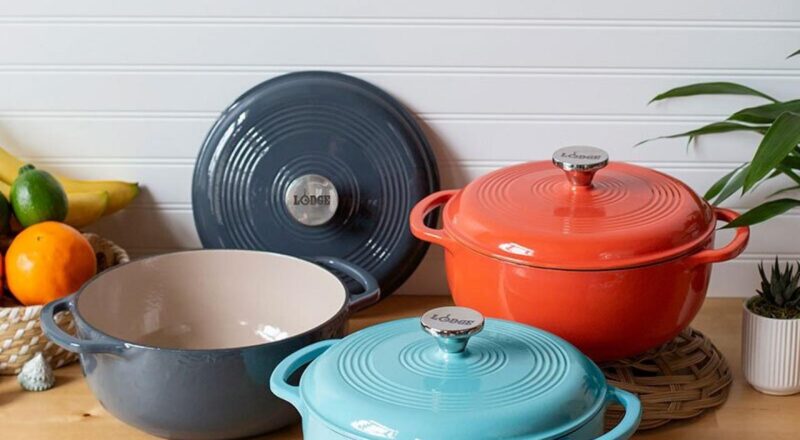Keeping your cast iron dutch oven in top condition doesn’t have to be a daunting task. With the right approach and techniques, you can ensure your prized kitchen asset remains a staple for years. Whether you’re a new homeowner, a renter, or a seasoned cook, knowing how to clean a cast iron dutch oven is crucial. Let’s dive into the world of cast iron maintenance and bring out the best in your kitchenware!

Understanding Your Cast Iron Dutch Oven
A cast iron dutch oven is a heavy-duty cooking pot made from cast iron, known for its excellent heat retention and even cooking properties. They are versatile and can be used on the stovetop, in the oven, or over an open flame. The key to maintaining your dutch oven’s performance lies in proper cleaning and care.
Why Is Proper Cleaning Important?
Proper cleaning maintains the non-stick surface, enhances flavor, and prolongs the lifespan of your cast iron dutch oven. Failure to clean it correctly can lead to rust, sticky residue buildup, and compromised cooking performance.

Initial Steps After Cooking
Once you’re done cooking, let the dutch oven cool down slightly. Avoid plunging it into cold water when it’s hot, as this can cause the iron to crack.
Removing Food Residue
Use a wooden or silicone spatula to remove any leftover food. Never use metal utensils as they can scratch the surface.
Washing the Dutch Oven
Use warm water and a mild dish soap. Some purists may argue against using soap, but a small amount will not harm the seasoning. Employ a soft sponge or brush to clean the surface.

Deep Cleaning Technique
For tougher residue, here’s a step-by-step method:
- Fill the dutch oven with warm water and add a tablespoon of baking soda.
- Gently scrub with a non-abrasive scrubber.
- Rinse thoroughly and dry with a clean cloth.
Tackling Stubborn Stains
If the stains are persistent, bring a little water to boil in the dutch oven. This can loosen food particles, making them easier to scrub off.

After-Cleaning Care
Thoroughly dry the cast iron dutch oven after washing. Any leftover moisture can lead to rust. Use a towel or heat it on the stovetop for a few minutes.
Re-seasoning the Dutch Oven
Apply a thin layer of vegetable oil or melted shortening to the surface. Wipe off the excess with a paper towel and bake it upside down in a preheated oven at 375F (190C) for about an hour.
Storing Your Dutch Oven
Store your dutch oven in a dry place. Place a paper towel inside to absorb any residual moisture.
Avoiding Common Mistakes
- Never soak your dutch oven in water for prolonged periods.
- Avoid using harsh chemicals or abrasive sponges.
- Do not store the dutch oven while it’s still damp.
External Resources
For more detailed techniques, check out this guide from Lodge Cast Iron.
FAQ Section
Q: How often should I re-season my cast iron dutch oven?
A: It’s beneficial to re-season your dutch oven every few months, or when you notice food starting to stick to the surface.
Q: Can I use soap to clean my cast iron dutch oven?
A: Yes, using a small amount of mild dish soap is usually safe and will not harm the seasoning.
Q: What should I do if my dutch oven rusts?
A: Gently scrub the rust with steel wool, wash it thoroughly, and re-season it immediately.
Conclusion
Maintaining a cast iron dutch oven might seem like a hefty task, but with the right steps and dedication, it becomes second nature. Proper care ensures a lifetime of amazing meals and lasting kitchen memories.
As an Amazon Associate, I earn from qualifying purchases.

